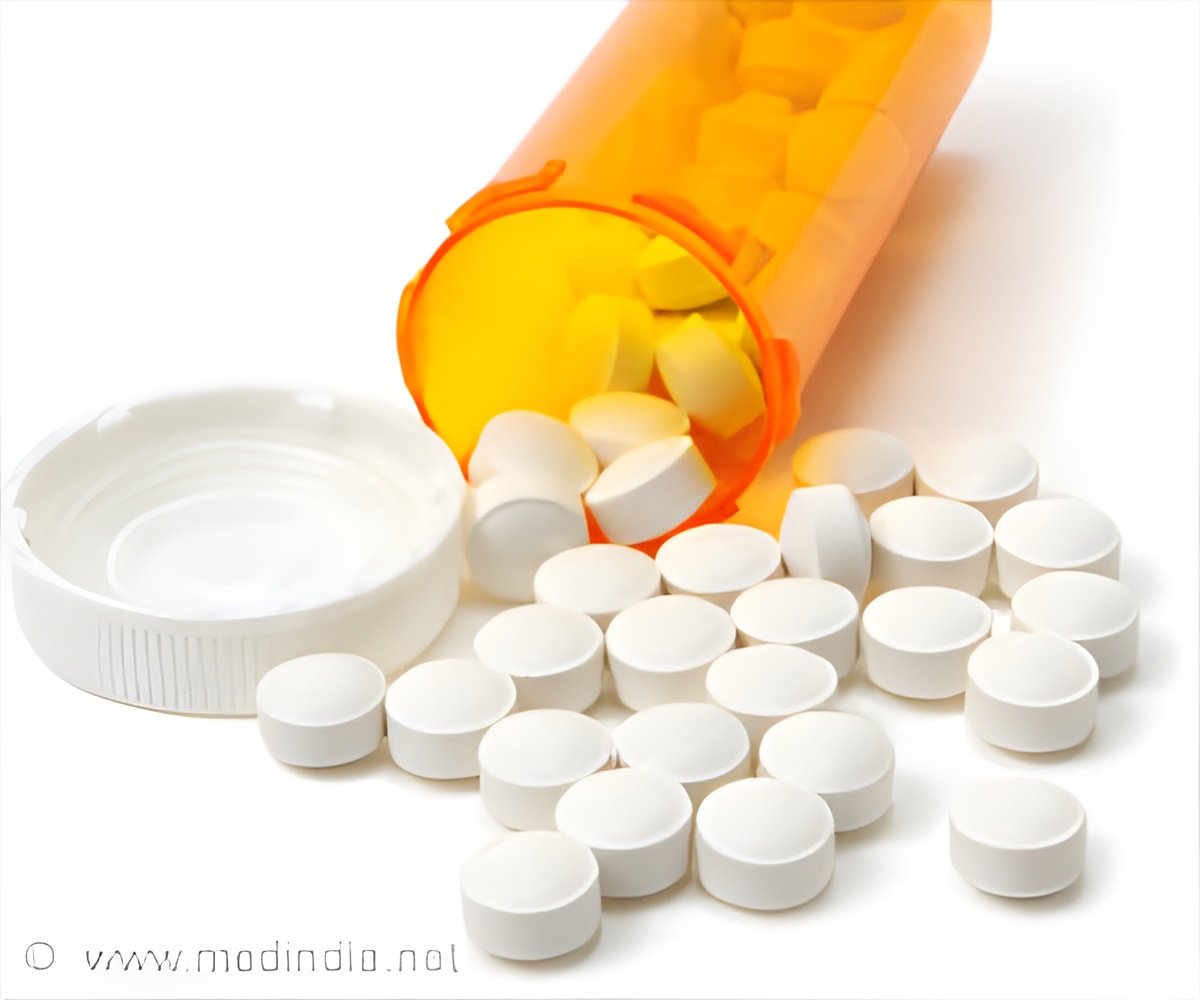
The exports of drugs and pharmaceuticals from India are experiencing consistent growth, reflecting an increase of 8.36 percent to reach $2.31 billion in July of this year. This trend is largely attributed to the rising demand for the country’s affordable generic medicines in developed western markets (1✔ ✔Trusted Source
India’s pharma exports continue to grow at brisk pace
).
In the year 2023-24, the nation’s exports of drugs and pharmaceuticals experienced a year-on-year increase of 9.67 percent, reaching a total of $27.9 billion. This upward trend is expected in the current financial year too.
The United States represents more than 31 percent of India’s overall pharmaceutical exports, with the United Kingdom and the Netherlands each contributing approximately 3 percent.
In addition to Brazil and South Africa, Ireland and Sweden have recently emerged as new participants in the Indian export market.
The export share of India’s pharmaceutical sector rose to 6.4 percent in the fiscal year 2023-2024 (FY24), up from 5.8 percent in 2018-2019 (FY19). Additionally, the export value increased to $27.9 billion, compared to $19.1 billion, as reported in the most recent Economic Survey.
“India’s pharmaceutical sector has strengthened its position on the global stage. The market, currently valued at $50 billion, is the third-largest worldwide by volume. Known as the ‘pharmacy of the world’, India offers approximately 60,000 generic brands across 60 therapeutic categories, contributing 20 per cent to global generic drug exports. Eight of the top 20 global generic companies are based in India,” according to the Economic Survey.
Why the Projected Value of Pharmaceutical Industry is High?
The pharmaceutical sector in India is projected to reach a value of $65 billion by the year 2024 and is anticipated to grow to $130 billion by 2030.
Advertisement
The survey indicated that the industry maintains stringent compliance standards, with 703 facilities approved by the United States Food and Drug Administration (US FDA), 386 plants compliant with European Good Manufacturing Practice (GMP), and 241 plants approved by the World Health Organization for Good Manufacturing Practice (WHO-GMP).
In December 2023, updated manufacturing regulations under Schedule-M were implemented to align with the global standards and improve quality control.
Advertisement
What and Who have supported the Growth of Pharma Sector?
In addition, the survey revealed that the Production-Linked Incentive (PLI) scheme for medical devices has a positive effect, reducing the gap between imports and exports.
Currently, the domestic production includes computed tomography (CT) scan machines, magnetic resonance imaging (MRI) machines, and various other medical devices.
The Production-Linked Incentive (PLI) scheme for bulk drugs has sanctioned 48 projects, which involve a dedicated investment of Rs 3,938.6 crore aimed at boosting the domestic manufacturing capabilities.
Financial support is offered through Pharmexcil, an Export Promotion Council, under the Market Development Assistance and Market Access Initiative Schemes. This support is being provided to exporters of pharmaceutical products, particularly small and medium-sized enterprises, to increase their exports in different countries.
Reference:
- India’s pharma exports continue to grow at brisk pace – (https://ianslive.in/indias-pharma-exports-continue-to-grow-at-brisk-pace–20240816123006)
Source-Medindia



